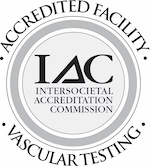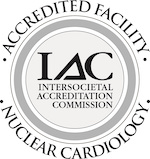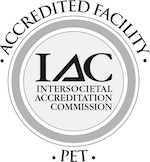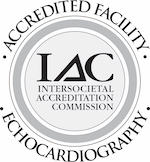Left Atrial Appendage (LAA) Closure
A very important part of cardiac electrophysiology is managing the potential ramifications of an irregular heartbeat, especially AFib. AFib causes a significantly increased risk of stroke – to the tune of 500%. It is therefore critical that AFib be managed early, aggressively and appropriately.
However, it is also important to investigate why this fivefold increase in stroke risk happens to AFib patients. The answer lies in the left atrium and specifically the left atrial appendage or LAA. The LAA is a small outpouching from the left atrium. It is very similar to the appendix in that it serves no discernible purpose and represents significant risk. When the heart beats irregularly, blood can begin to pool in this appendage. Over time, the blood can thicken and form a blood clot. Should any part of the blood clot separate and enter the bloodstream, it can quickly enter the brain and cause a stroke.
Left Atrial Appendage occlusion or closure can be performed alongside a curative cardiac catheter ablation to simultaneously reduce the risk of stroke, regulate heart rhythm, improve patient lifestyle and reduce the risk of longer-term heart failure.
Procedures for left atrial appendage closure
The WATCHMAN left atrial appendage occlusion device is a tiny lattice that when fully deployed looks somewhat like a parachute. It is delivered to the LAA using a cardiac catheter and is placed at the opening. Over time, new scar tissue envelops the device to effectively seal off any pooling blood from the rest of the heart.
For those not suited to an occlusion device, the LAA can be closed using a suturing system known as the LARIAT. During this procedure, the opening to the LAA is simply stitched closed. While this is an effective procedure with good outcomes and a reasonable safety profile, there are some concerns of incomplete closure and perforation of the LAA.
Complete surgical removal of the LAA can be appropriate in a small subset of patients that are undergoing another heart procedure.
Options will be discussed at consultation.
In conclusion
Ultimately, we are most concerned with the significantly increased risk of stroke in patients who are suffering from AFib. LAA closure is an option for those who are not good candidates for long-term anticoagulant therapy. The biggest risks of LAA closure revolve around the complexity of the procedures, which makes choosing an experienced electrophysiologist such as those at the Huntington Heart Center all the more important. The first step to any treatment for stroke risk is a consultation with one of our experienced physicians who will discuss your options based on an analysis of your medical history and physical exam with any necessary diagnostic testing.







